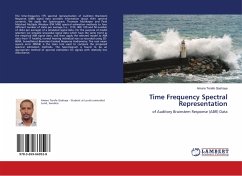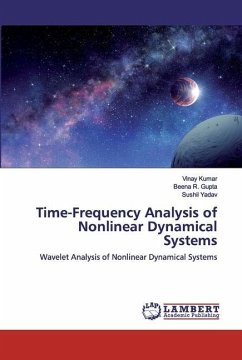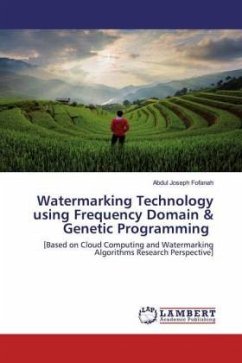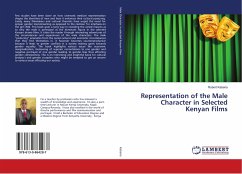The time-frequency (TF) spectral representation of Auditory Brainstem Response (ABR) signal data provides information about their spectral contents. We apply the Spectrogram, Thomson Multitaper and Peak Matched Multiple Window (PM MW) spectral estimation methods to four different number of clicks per average (i.e., 1313, 300, 100 and 50 number of clicks per average) of a simulated signal data. For the purpose of model selection we simulate sinusoidal signal data which have the same trend as the empirical ABR signal data, and then apply the selected model to ABR data from 17 healthy, normal hearing individual ears as recorded using SD-BERA, SensoDetect-Brainstem Evoked Response Audiometry. The root mean square error (RMSE) is the main tool used to compare the proposed spectral estimation methods. The Spectrogram is found to be an appropriate method of spectral estimation for signals with relatively low disturbance.








